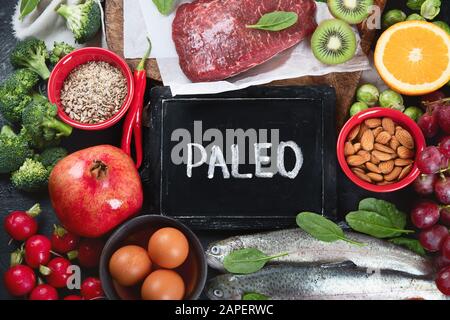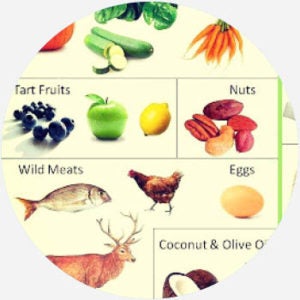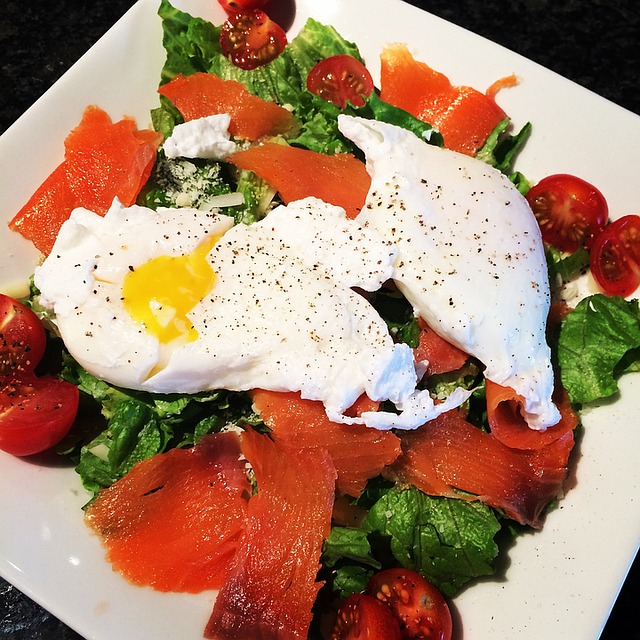
The DASH Diet is one of the most widely used weight loss strategies. This diet is based on the principles of the Mayo Clinic. While many individuals find success on this diet, there are some factors that make it less than ideal for some people. This article will explain the DASH diet and what foods to avoid. The costs of following a DASH diet are also discussed. Continue reading to learn more.
DASH diet can have health benefits
Anyone looking to lose weight should consider the DASH diet. It encourages specific food groups to be consumed, as well as calorie intake. Whole grains include whole wheat bread, breakfast cereals, and whole wheat bread. All vegetables are permitted, including tomatoes and lettuce. DASH dieters should reduce their sodium intake by less than 200 milligrams per daily.
When you are preparing meals, make sure to include plenty of vegetables and fruits. Avoid red meat and choose lean protein sources like fish or chicken. Avoid red meat and choose fat-free dairy products. Stick to lean protein sources. DASH diet is all about limiting saturated fats, and sugar. Low-calorie beverages make a great choice.
DASH Diet Foods

The DASH diet emphasizes vegetables, fruits and whole grains. It restricts red meat, sugar and sodium and generally follows a low-fat diet. DASH also restricts red meat and processed food. For the best results, you should follow the DASH Diet. However, if you are already on a DASH diet, there are some changes you can make to make it fit your lifestyle.
Blood pressure, which is the general measurement of the force exerted onto the organs or blood vessels by following the DASH diet, can be reduced with the DASH diet. It is divided into two numbers: the diastolic and systolic. These are the pressures in the blood vessels that rise between heartbeats. This diet helps to lower blood pressure. It is also beneficial for high blood pressure.
Avoid these foods when following a DASH diet
There are some foods to avoid when following the DASH diet. Normal blood pressures for adults are less than 120/80. However, high blood pressure can be dangerous. High blood pressure is defined as someone with blood pressures above 140/90. Fortunately, the DASH diet has been proven to be effective in lowering blood pressure.
One food you should avoid on the DASH diet is processed food. Processed foods often have high levels of sodium. Fresh foods are usually lower in sodium and have higher levels of fiber, vitamins and mineral. Look out for foods low in sodium in the supermarket's outside aisles. These include fresh fruits, vegetables, low-fat milk products, and nuts. When possible, avoid processed foods and prefer fresh fruits and vegetables.
DASH Diet Costs

A DASH Diet is an important step toward a healthier lifestyle. The DASH diet involves making several changes to your eating habits. You will eat plenty of fruits, vegetables, and high-quality protein in your meals. Refined grains can be swapped for whole ones. Consider fat-free milk products over butter and lean meats, fish and other dairy products. Limit your intakes of saturated fats as well as added sugars. Water and low-calorie drinks can be substituted for sodas.
The DASH diet is a good option for those with high blood pressure. The DASH diet will reduce your systolic blood sugar by approximately 4 milligrams, and your diastolic by approximately 2 milligrams. The DASH diet plan focuses on fruits, vegetables and lean proteins, while avoiding red meat and processed foods. It is also low in fat and may help lower your risk of cardiovascular disease and stroke.
FAQ
Where can I find high-quality kitchen equipment?
You can buy high-quality kitchen gear online. There are many online shops that sell all sorts of kitchen tools. Be sure to read customer reviews before you buy any kitchen equipment. If you have similar items to purchase, ask your friends and family if they would recommend them.
How Much Does it Cost to Learn Culinary Arts Skills?
There are many factors that influence the cost of learning culinary arts. A four-year degree in culinary arts typically costs around $40,000. A two-year associate's level degree can cost less than $5,000. Tuition rates depend on the type of program you select. Prices for tuition are higher in private institutions than they are for public ones.
How can I get hired for my job as a cook
A word of mouth referral can lead to a job as cook. You might be able to find out about a restaurant looking for additional staff through your family and friends. Restaurants often post openings on websites and bulletin boards.
What are the health benefits of slow cooking?
Slow Cookers are very useful because they allow you to prepare delicious meals without wasting time. Slow cooker recipes require less oil or fat than traditional recipes, making them healthier. Also, slow cooker recipes are easy to use because they do all the work while you sleep.
Do I have to buy ingredients in order to cook?
You don’t always need to buy the ingredients. You can buy premade sauces or other items at most grocery stores. If you are looking to save money, premade meals may be a good option.
Where can I get free online cooking lessons
Many websites offer free cooking classes. YouTube can be searched for videos showing you how to make different meals. You may have access to thousands upon thousands of recipes on some websites. While you may have to pay a monthly charge, these websites allow you to try out the recipes for 30 days for no cost.
Can you learn to cook on your own?
Self-taught cooking is possible! Everyone loves cooking, regardless of whether they are skilled or not. If you're interested in learning how cook at home, then start cooking. Start small, such as making pancakes for breakfast and spaghetti sauce at dinner. The best way to learn how to cook is to try new recipes and experiment. It is possible to make mistakes.
You can learn to cook in a matter of hours or weeks depending on your level of cooking ability. Remember that cooking is not about following recipes. There are many different ways to prepare food, so if you have an idea in mind, go with it.
Statistics
- According to the BLS, chefs earn $58,740 a year. (learnhowtobecome.org)
- You'll be amazed that over 90% of CIA students receive scholarships and grants to finish their culinary studies. (ischoolconnect.com)
- under 10 Kids have been taught that there is special food just for them, and Fiese says that 10 percent of kids will throw a tantrum if they don't get the food they want. (washingtonpost.com)
External Links
How To
How to make a perfect Omelette
Omelets have always been a favourite food to eat for breakfast. But how do you make them perfectly? I've tried many different methods and recipes, but none of them seem to work! Today, I'd like to share some tips with you in order to make delicious and fluffy omelets every day.
First, eggs can be very temperamental ingredients for making omelets. Eggs must be purchased fresh, preferably organic, and kept chilled until ready for cooking. If you don't keep them cold enough, the whites won't form properly, and the yolks will break down too much and become runny. This causes your omelets to look oddly colored. If you plan to cook the eggs right away, it is best to use room temperature eggs.
You might also try separating the egg before adding to the pan. You don't want the white to get mixed with the yolk, as this could cause the egg to curdle.
The bottom part of an egg that is added directly to the stovetop might be burned, which could cause a ruined texture in your omelet. Instead, microwave the egg for 10 seconds before adding it to the pan. The microwave heat cooks the eggs just right without overcooking them.
Next, let's discuss mixing the eggs. Mix eggs well together. You can do this by turning the bowl of your mixer upside down. Now shake the bowl vigorously. By doing this, the egg is thoroughly mixed with the air in the bowl.
The fun part is now - adding the milk to the mixture. Mix half of the milk with the eggs. Then fold the eggs in half into the remaining milk. Don't worry if there are still streaks of egg visible; these streaks will disappear once you flip the omelet.
After you have done folding the eggs, heat the pan on medium heat. The oil will start to smoke. Once the oil begins to heat, add 1/4 cup butter and swirl the pan to coat it. Open the lid and sprinkle salt on the pan. The salt will help to prevent the omelet's sticking to the pan.
Once the omelet has formed, cover the pan again and wait for the top side to set completely. Flip the omelet by using a spatula. Cook the other side for another minute or two. Serve immediately after removing the omelet from its pan.
This recipe works best when you use whole milk.